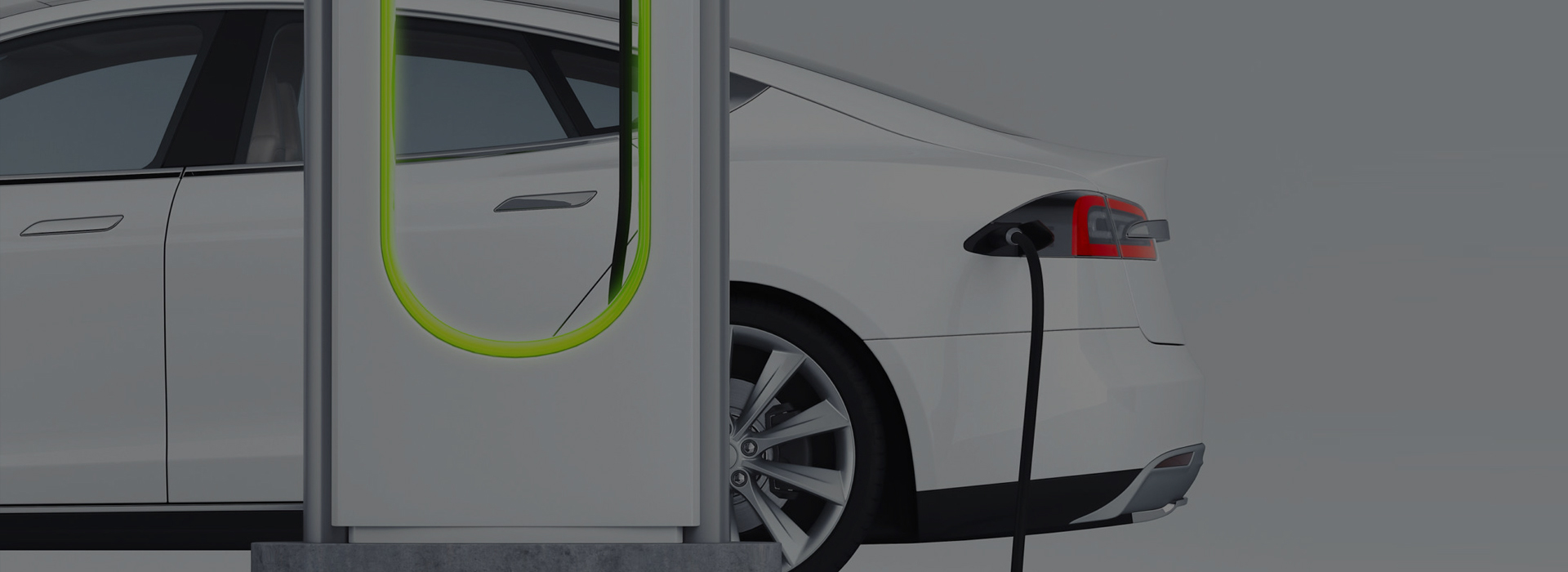-

 News CenterFocusing on the research and production of high reliability sealing buffer and thermal conductive composite materials
News CenterFocusing on the research and production of high reliability sealing buffer and thermal conductive composite materials
-
Home
-
About us
-
Products
- Liquid silicone foam
- Thermal conductive material
- Special tape
Focusing on the research and production of high reliability sealing buffer and thermal conductive composite materials - Liquid silicone foam
-
Application industry
-
News Center
- News Center
Focusing on the research and production of high reliability sealing buffer and thermal conductive composite materials - News Center
-
Contact Us
- Contact Us
Focusing on the research and production of high reliability sealing buffer and thermal conductive composite materials - Contact Us
-
Join us

Location:Home > Industry News
Liquid Silicon Foam - Sealing Buffer and Thermal Protection Material for New Energy Vehicles
Author: ComeFrom: Date:2025/1/5 22:50:26 Hits:563
With the rapid development of the new energy vehicle market, major automobile manufacturers are constantly seeking innovative materials to improve the safety, comfort, and durability of electric vehicles. Liquid silicon foam, as a new type of high-performance material, has shown extensive application prospects in the field of new energy vehicles due to its excellent characteristics.
Liquid silicone foam is a closed cell foam produced by the reaction of silicone rubber substrate and foaming agent. Its unique molecular structure endows it with excellent properties such as high and low temperature resistance, flame retardancy, UV resistance, and chemical corrosion resistance. Liquid silicone foam also has good elasticity and resilience, which can quickly recover to its original state after being compressed, and has strong compressive and shock resistance. In addition, the sealing performance of the material enables it to maintain stability for a long time even in harsh environments, making it suitable for complex conditions such as high temperature, high humidity, and ultraviolet radiation.
The application of liquid silicon foam in new energy vehicles is mainly reflected in the following aspects:
Sealing and Protection of Power Battery Pack
The power battery pack of electric vehicles has extremely high requirements for sealing performance, and liquid silicon foam has become an ideal material choice due to its excellent sealing, shock resistance, and high and low temperature resistance. It can effectively prevent external substances such as moisture, dust, and oil from entering, protecting the safe operation of the battery system. Meanwhile, the flame retardancy of liquid silicone foam effectively enhances the safety of battery packs and reduces the risk of fire.
Application in Battery Thermal Management System
The battery thermal management system is crucial for the stability of battery performance. Liquid silicon foam, as an efficient thermal management material, has good thermal conductivity and can help balance the temperature of battery packs, preventing malfunctions or safety accidents caused by local overheating. In addition, its excellent insulation can effectively isolate the current of the battery pack, thereby enhancing overall safety.
Interior sound insulation and noise reduction
As new energy vehicles gradually replace traditional fuel vehicles, car owners' demand for comfort inside the car is increasing. The excellent sound absorption properties of liquid silicon foam make it an important material for sound insulation and noise reduction in cars. It can effectively reduce the noise inside the car, improve the driving experience of car owners and passengers, especially in high-speed driving or when the noise of electric vehicles is low, the sound insulation effect is particularly important.
Shock absorption and buffering
Due to the large weight of electric vehicles' batteries, the suspension system of the vehicle requires stronger shock absorption capabilities. The high elasticity and cushioning performance of liquid silicone foam can effectively reduce vehicle vibration and improve driving comfort. In addition, its long-term stability also ensures that it will not fail due to repeated vibrations during long-term use.
With the continuous advancement of technology, the application of liquid silicon foam in new energy vehicles will become more widespread. Especially with the continuous development of autonomous driving and battery technology, liquid silicon foam will play a greater role and become an important material for improving the comprehensive performance of new energy vehicles.
Overall, liquid silicone foam is gradually becoming an indispensable key material in new energy vehicles due to its excellent performance. With the continuous increase in market demand, its application areas will further expand in the future, providing strong support for the safety, comfort, and durability of new energy vehicles.
Liquid silicone foam is a closed cell foam produced by the reaction of silicone rubber substrate and foaming agent. Its unique molecular structure endows it with excellent properties such as high and low temperature resistance, flame retardancy, UV resistance, and chemical corrosion resistance. Liquid silicone foam also has good elasticity and resilience, which can quickly recover to its original state after being compressed, and has strong compressive and shock resistance. In addition, the sealing performance of the material enables it to maintain stability for a long time even in harsh environments, making it suitable for complex conditions such as high temperature, high humidity, and ultraviolet radiation.
The application of liquid silicon foam in new energy vehicles is mainly reflected in the following aspects:
Sealing and Protection of Power Battery Pack
The power battery pack of electric vehicles has extremely high requirements for sealing performance, and liquid silicon foam has become an ideal material choice due to its excellent sealing, shock resistance, and high and low temperature resistance. It can effectively prevent external substances such as moisture, dust, and oil from entering, protecting the safe operation of the battery system. Meanwhile, the flame retardancy of liquid silicone foam effectively enhances the safety of battery packs and reduces the risk of fire.
Application in Battery Thermal Management System
The battery thermal management system is crucial for the stability of battery performance. Liquid silicon foam, as an efficient thermal management material, has good thermal conductivity and can help balance the temperature of battery packs, preventing malfunctions or safety accidents caused by local overheating. In addition, its excellent insulation can effectively isolate the current of the battery pack, thereby enhancing overall safety.
Interior sound insulation and noise reduction
As new energy vehicles gradually replace traditional fuel vehicles, car owners' demand for comfort inside the car is increasing. The excellent sound absorption properties of liquid silicon foam make it an important material for sound insulation and noise reduction in cars. It can effectively reduce the noise inside the car, improve the driving experience of car owners and passengers, especially in high-speed driving or when the noise of electric vehicles is low, the sound insulation effect is particularly important.
Shock absorption and buffering
Due to the large weight of electric vehicles' batteries, the suspension system of the vehicle requires stronger shock absorption capabilities. The high elasticity and cushioning performance of liquid silicone foam can effectively reduce vehicle vibration and improve driving comfort. In addition, its long-term stability also ensures that it will not fail due to repeated vibrations during long-term use.
With the continuous advancement of technology, the application of liquid silicon foam in new energy vehicles will become more widespread. Especially with the continuous development of autonomous driving and battery technology, liquid silicon foam will play a greater role and become an important material for improving the comprehensive performance of new energy vehicles.
Overall, liquid silicone foam is gradually becoming an indispensable key material in new energy vehicles due to its excellent performance. With the continuous increase in market demand, its application areas will further expand in the future, providing strong support for the safety, comfort, and durability of new energy vehicles.
Business
If you have any business needs, please feel free to leave a message for consultation. We will provide you with more service solutions









